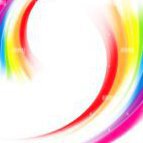How do I remove network drives
-
Similar Content
-
Lost connection to Computer Network Drive
By Guest Gail MacLaren,
- 0 replies
- 18 views
-
Network Drive Connection on my computer
By Guest Gail MacLaren,
- 0 replies
- 18 views
-
Files in Shared Network Drive Keep Closing Randomly - SMB/Network Issue?
By Guest /u/Wooden_Grade_7580,
- 0 replies
- 20 views
-
Will removing s-mode affect network configurations (on enterprise networks)
By Guest Emily M_776,
- 0 replies
- 16 views
-
- 8 replies
- 219 views
-



Recommended Posts